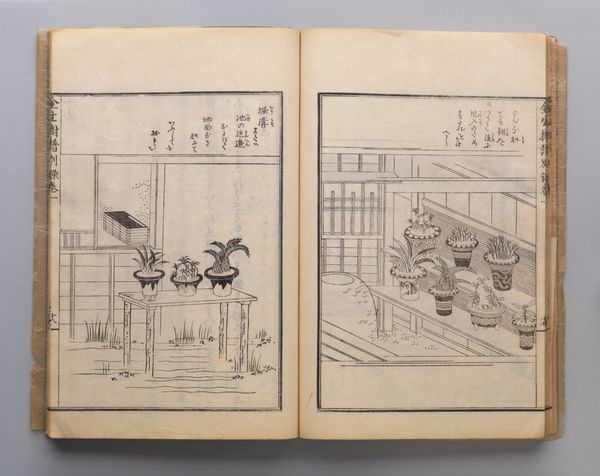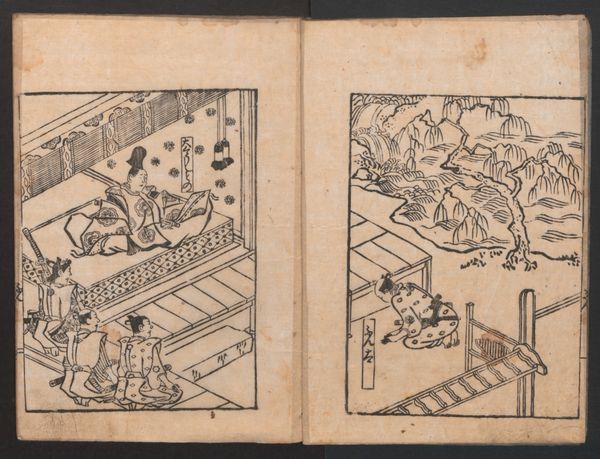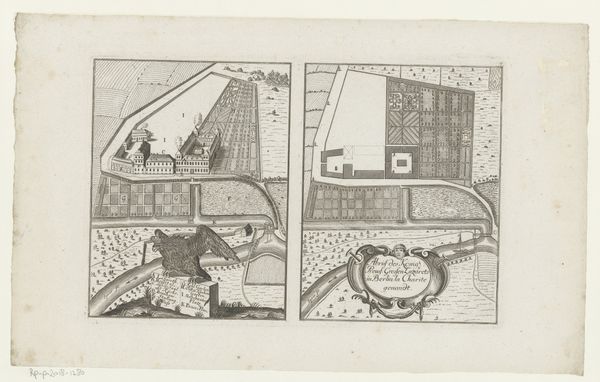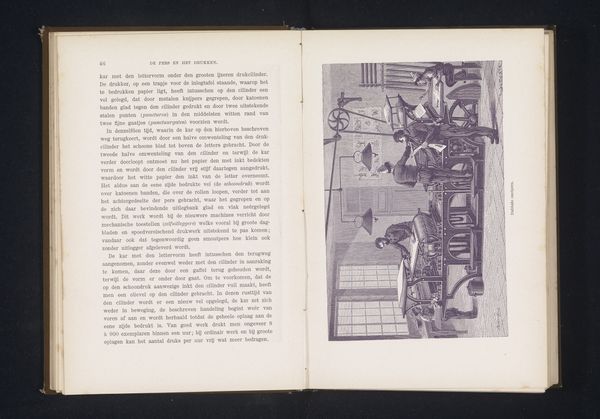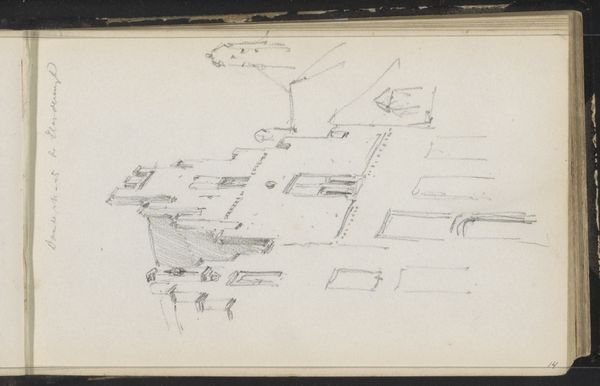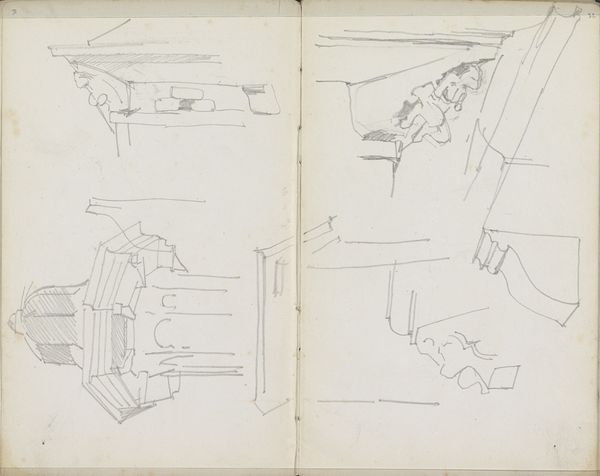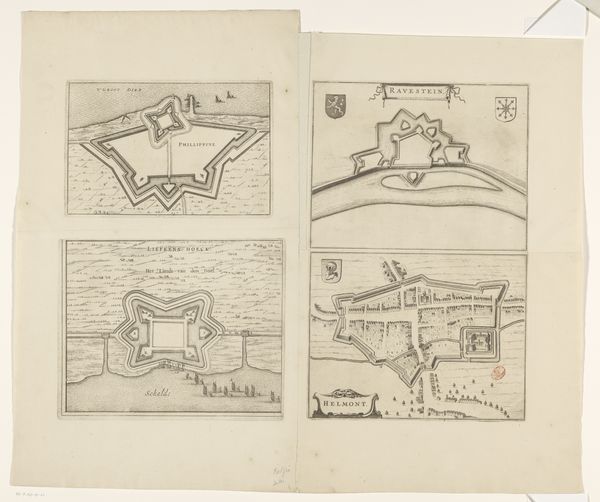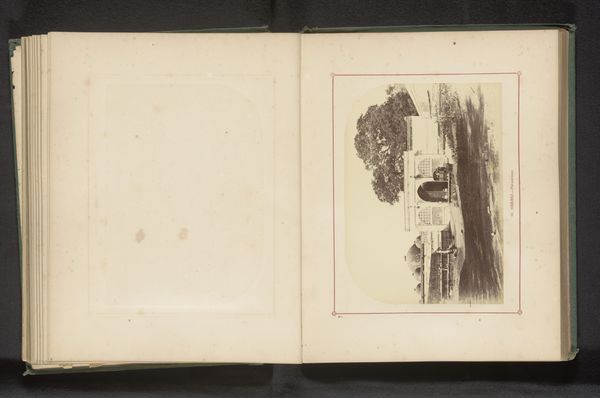
drawing, print, paper, ink
#
drawing
#
narrative-art
# print
#
asian-art
#
ukiyo-e
#
figuration
#
paper
#
ink
#
line
Dimensions: 10 1/2 × 7 1/8 × 1/4 in. (26.67 × 18.1 × 0.64 cm)
Copyright: Public Domain
Editor: Here we have Okumura Masanobu's "Red and White Tale of Genji" print from 1709. It's printed with ink on paper, and I'm immediately drawn to how it resembles a graphic novel. What aspects of this work speak to you? Curator: This print offers us a fascinating lens into the social constructions of gender and class in Edo-period Japan. Consider how women are positioned within the domestic space in contrast to the male figure's presentation. What might the artist be conveying about the societal expectations placed on them? Editor: I hadn’t thought of it that way. I suppose I was caught up in trying to understand the story visually, and seeing them just as characters. Is it unusual to have this kind of commentary in Ukiyo-e prints? Curator: While not always overt, the subversion and reinforcement of social norms were frequently embedded within Ukiyo-e. Look closely at the power dynamics suggested by the figures' attire and poses. Whose gaze dominates, and what does it reveal about the intended audience? Remember, prints were not just decorative; they were also potent tools for circulating ideas and values. Editor: That's a great point about the audience. Knowing these were mass-produced changes how I think about them. Were women a significant part of the audience for this print, or was it mainly for men? Curator: It's difficult to know for sure the demographics. Pictorial narratives were a shared popular culture. Considering that The Tale of Genji was authored by a woman, Murasaki Shikibu, earlier in the Heian Period, does the Edo-period setting reinterpret its ideas? Editor: It is fascinating to view this work through the context of social narratives! Thanks for this new perspective. Curator: My pleasure! It highlights how art reflects and shapes the power dynamics within its cultural context, making it a powerful tool for understanding history.
Comments
minneapolisinstituteofart almost 2 years ago
⋮
Murasaki Shikibu, a court lady, wrote The Tale of Genji—posited to be the world’s fi rst novel—in the early 11th century. Following courtier Hikaru Genji and his many trysts, the story offers insight into aristocratic society and life at the time. By the Edo period, when printed versions of Genji became available, few could understand the classical Japanese language used in the original written version. In this book, writer Suigetsudō Baiō translated the original text into the vernacular, while illustrations were added to appeal to a broader readership.
Join the conversation
Join millions of artists and users on Artera today and experience the ultimate creative platform.

